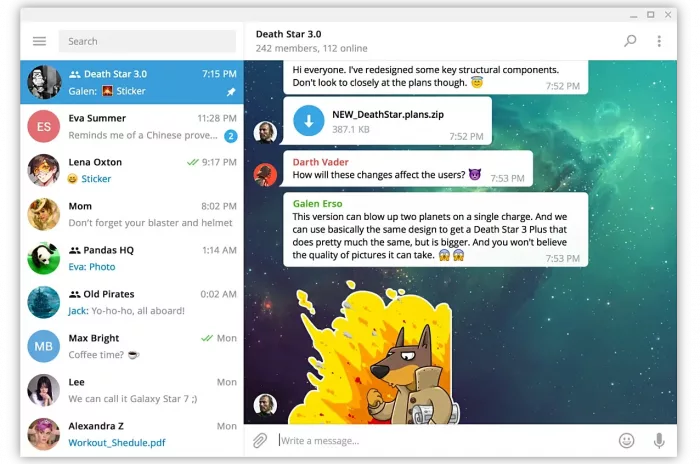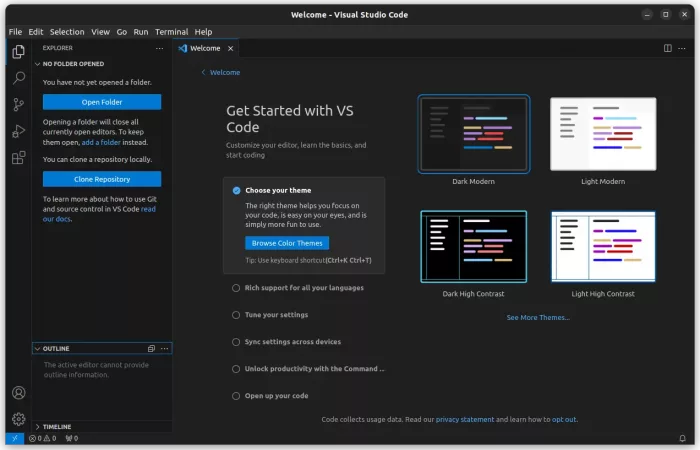For Chromium user, the popular web browser is finally to allow VA-API hardware decoding for video playback in Linux Wayland.
Chromium so far does NOT officially support VA-API Video Acceleration API on Linux. However, there are experimental flags to enable this feature, which might work on certain configurations, but without guarantees (See the official Docs).
This experimental feature however does not work in Linux with Wayland session. Meaning the most recent Ubuntu, Fedora, & other Linux with GNOME Desktop.
Just few days ago on Saturday, Chromium source merged the request to “allowing VA-API on Linux Ozone/Wayland“, submitted by JianHui J Dai.
VaapiWrapper has been updated to remove the usage of libva-x11 and the legacy VaapiVideoDecodeAccelerator, in favor of libva-drm only. This means now Linux Ozone/Wayland can share the same code path as Linux Ozone/X11. See CL:4938496.
This CL removes the remaining libva-x11 codes from Ozone and VaapiWrapper, and allows VA-API by default on Linux Ozone/Wayland.















